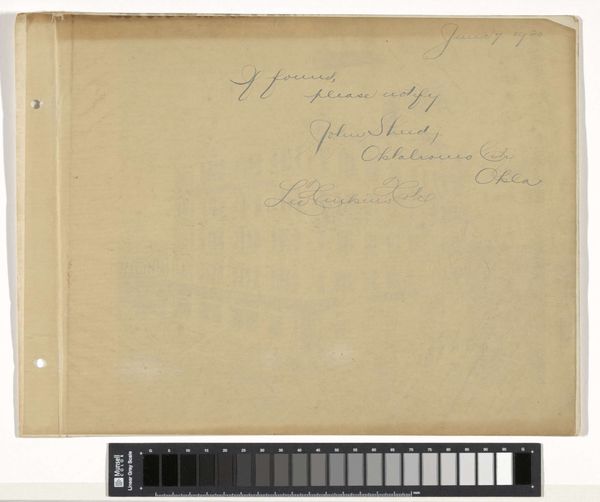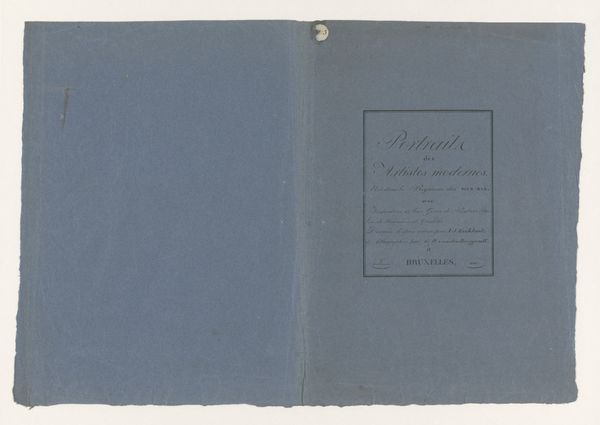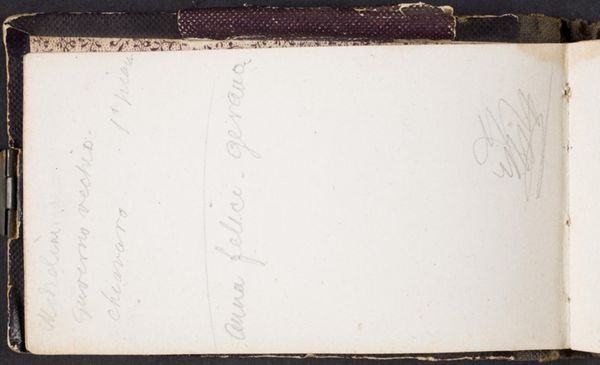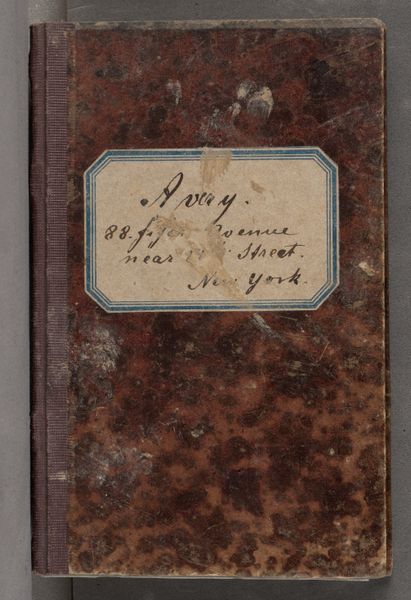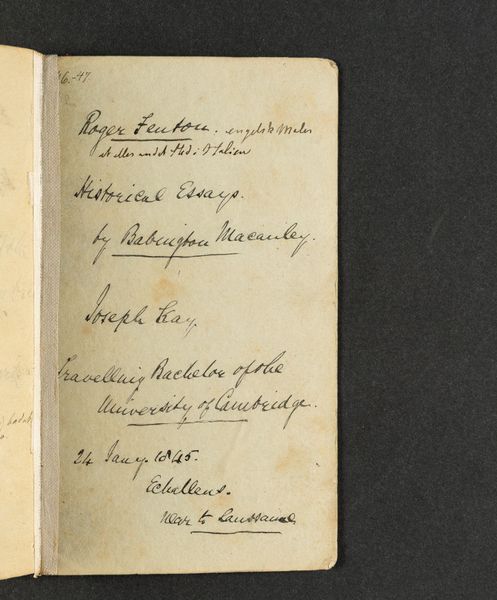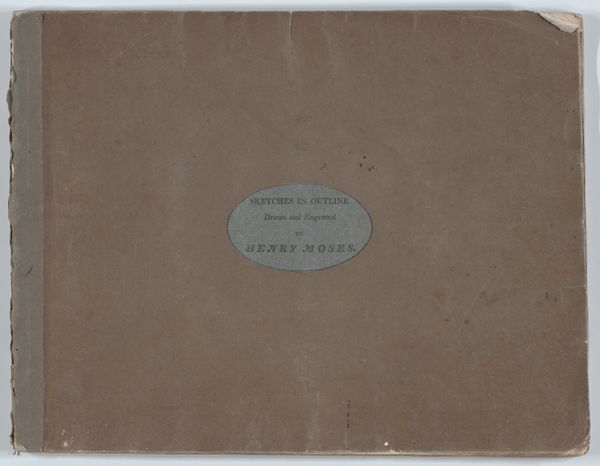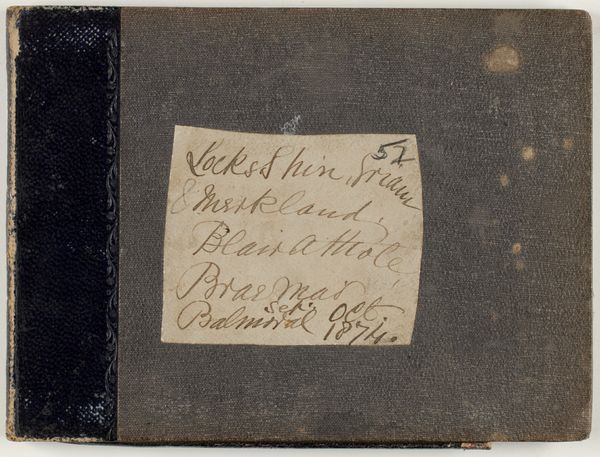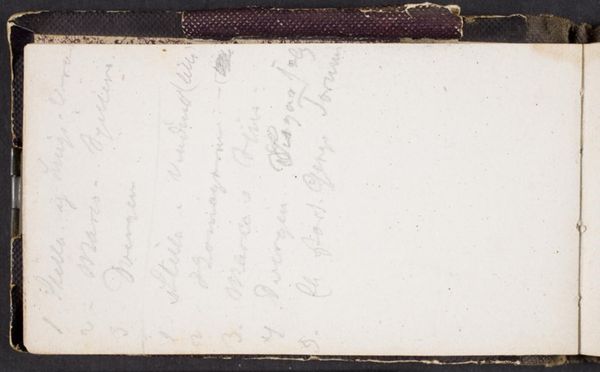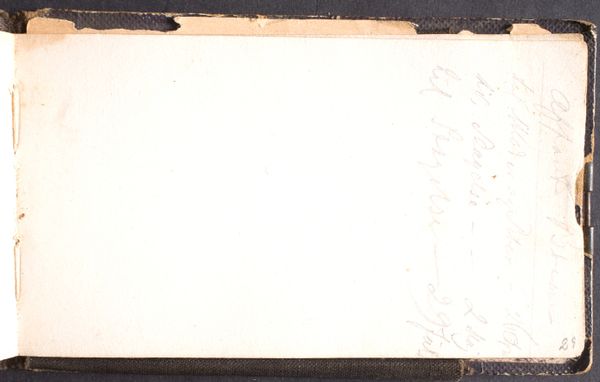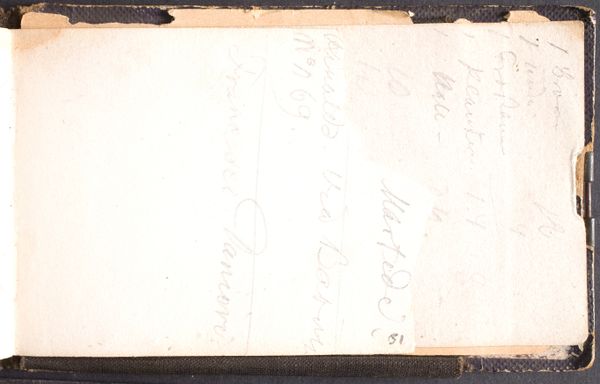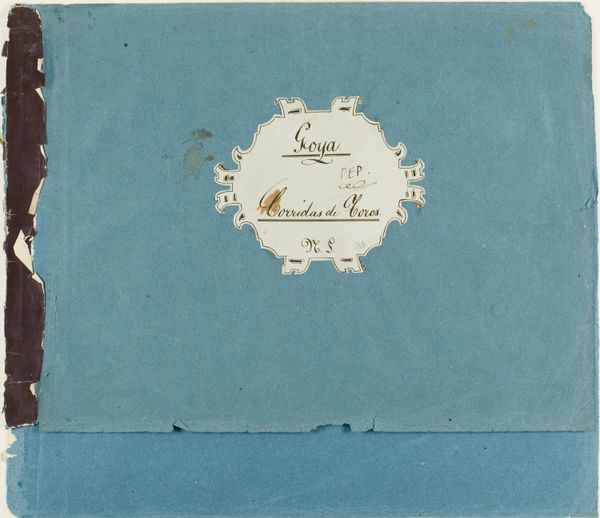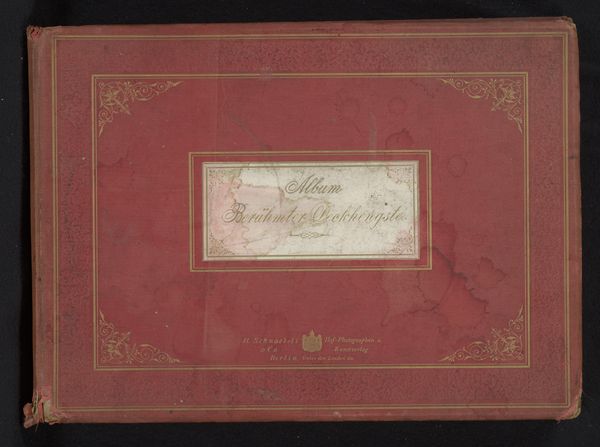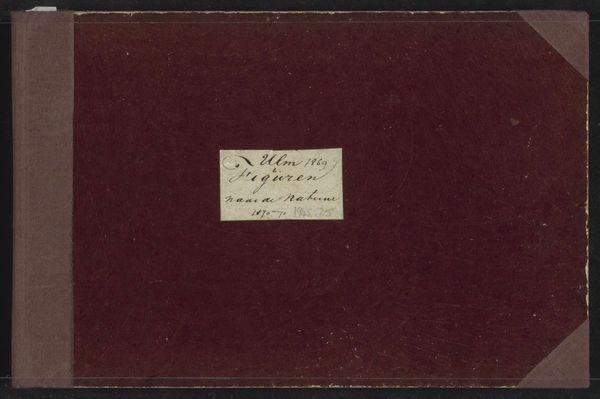
drawing, paper, photography, ink
#
drawing
#
landscape
#
paper
#
photography
#
personal sketchbook
#
ink
#
sketchbook drawing
Dimensions: height 133 mm, width 223 mm, depth 19 mm
Copyright: Rijks Museum: Open Domain
Curator: We're looking at a photograph of an album titled "Fotoalbum van een reis door Syrië en Perzië in 1925" by A.G.A. van Eelde, its dating around 1925 to 1927, a mix of drawing, photography, ink, and paper coming together. It's striking in its intimate scale. What's your immediate take? Editor: I'm immediately struck by its material presence. The texture of the album itself, that aged paper, it speaks of journeys, of handling, of a very specific history. It's not just images, it’s an artifact. Curator: Absolutely. Consider the implications of someone traveling through Syria and Persia in the 1920s, likely a person of privilege and influence given the means of travel at that time. What perspectives might their photos and drawings reflect, and perhaps more importantly, what voices might be missing from their documentation? Editor: The choice of materials reflects the accessibility to a certain class during this period, highlighting social stratification. Handmade paper versus mass-produced paper speaks volumes about economic status and aesthetic preferences of its commissioner. What are your thoughts on this intermingling of media? Curator: The mixing of photography and drawing, to me, is particularly telling. It's as if the artist, or traveler, is trying to capture both the objective reality of a scene and their subjective experience of it. The photos provide a kind of factual record, while the sketches… Editor: ...allow for interpretation, commentary. It creates a richer, layered narrative, moving beyond pure documentation towards personal reflection. I imagine this would have offered something that felt complete at that time. Curator: It also invites us to think about how these personal narratives intersect with larger colonial histories. Syria and Persia were regions deeply affected by Western intervention during this period. What responsibility did the artist have, if any, to represent those interactions? Editor: These materials represent the imposition of an outsider looking in. Its contents were very meticulously, crafted as part of some personal narrative but, from a modern viewpoint, it lacks some historical nuance. How complicit were people in shaping certain perspectives for external consumption? Curator: Well, exactly. It is important for us to recognize that even seemingly innocuous personal artifacts can hold significant political weight when we view them through this modern and informed lens. Editor: This gives me plenty to reflect on, specifically around who can or can't participate in historical narrativization. Curator: I find that it gives rise to questions about art making in general, too - it is never detached from material circumstances. Thank you.
Comments
No comments
Be the first to comment and join the conversation on the ultimate creative platform.
